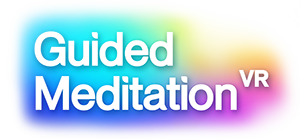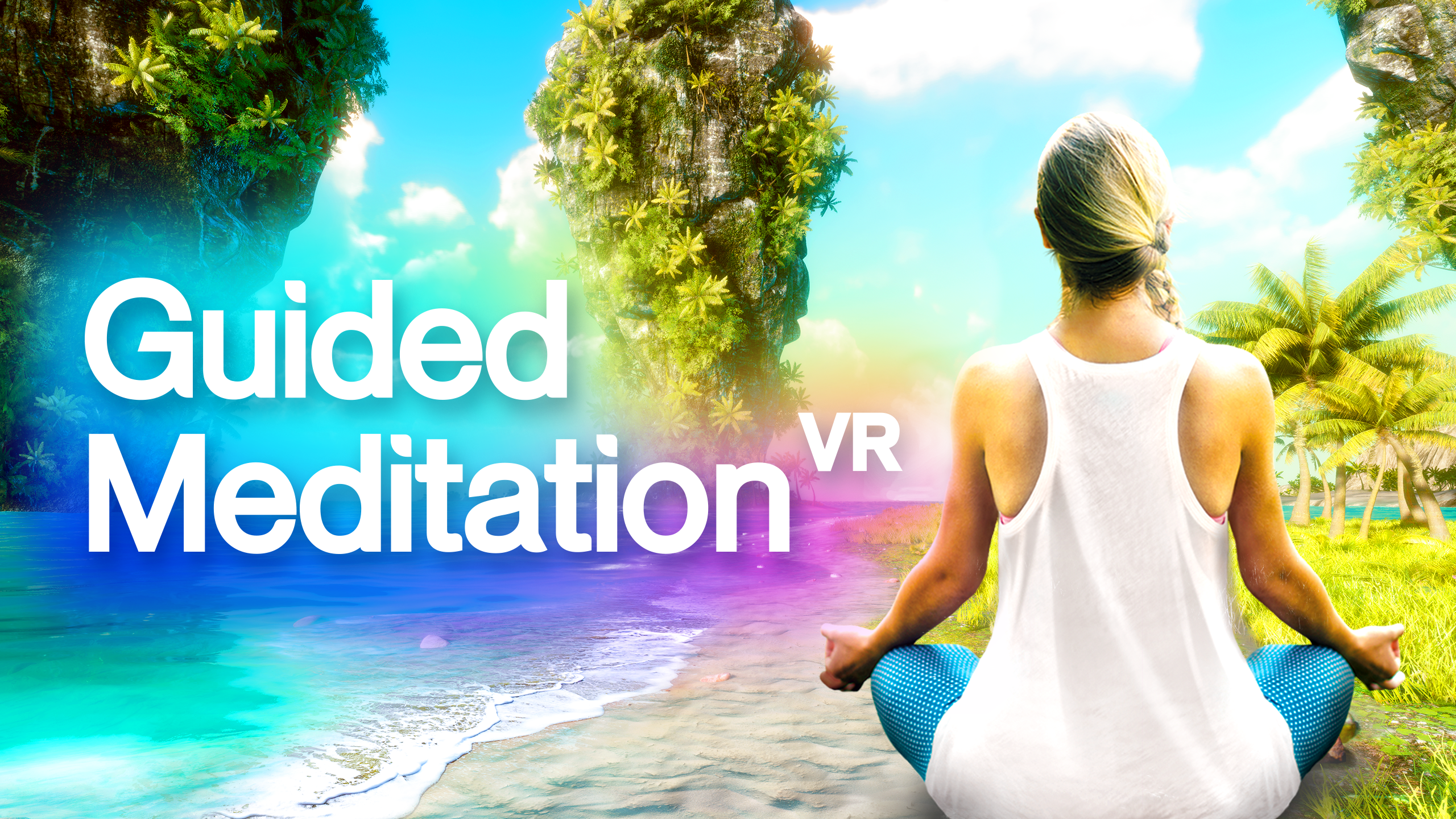- /
- Meditation
- /
- Relaxation (Yoga Nidra)
- /
- Relaxation Meditation 05
Session 5/10
Transcript
Welcome to the fifth practice in your Yoga Nidra for relaxation course. Take this first moment to acknowledge your commitment so far. Dedicating yourself to any form of meditation or relaxation practice is a powerful statement of self-care, and your future self will certainly thank you for applying yourself this time now.
Every time you shift into a state of deep relaxation, you create pathways in your brain that make it easier and easier for you to access that relaxation.
So, find your very comfortable posture. Lying on your back, just as before.
Take your time, making any adjustments or modifications you need.
[Pause]
And then bring the awareness to the breath. Check in with your natural rhythm; how is the breath? How steady is it? Does the breath feel easy and clear, or perhaps a little obstructed, or labored?
Breathe into the stillness of the body.
[Pause]
Now, notice the whole of the right leg and foot — from the tips of the toes up to the top of the hip. Leg and foot completely relaxed.
Bring the awareness to the whole of the left leg and foot. Leg and foot completely relaxed.
Notice the right arm and the right hand — from the fingertips to the top of the shoulder. Arm and hand are relaxed.
Notice the left arm and hand. Arm and hand are relaxed.
Allow the awareness to shift to the lower abdomen, and then sweep up and over and around — the ribs, the waist, the chest, shoulders and back. The whole of the torso is relaxed.
And then notice the neck; the chin and the jaw. The face. The forehead. The crown of the head; the back of the head, and the back of the neck.
Allow the jaw to be soft. And allow the forehead to be smooth.
The neck and head are relaxed.
[Pause]
Notice the whole of the body. The entire body, resting comfortably here. The whole body is relaxed.
[Pause]
Bring the awareness now to the mind. To any thoughts resting in, or passing through, your consciousness.
Are there any thoughts that drift away easily? Or any thoughts that are very hard to let go of? Observe this. There’s no need to try to solve anything — this is not a time for making effort to come up with solutions. This is a time for observation; for watching the thoughts.
[Pause]
And now, gently, start to develop the emotion of anger. This can be a strange thing to attempt, if you’ve never done it before. But rather than finding a thought, or a memory, that makes you angry, see if you can open a door in your consciousness to allow anger to come out, and to grow.
Allowing yourself to feel anger without any need to act on it can be difficult. But it can also be cathartic.
Make a conscious decision, now, to feel angry. Just for a few moments — it won’t last.
How does it feel? Does it cause sensations in the body? Does it bring up particular thoughts? Do you recognize this feeling, or is it unusual for you?
Don’t worry if it doesn’t work right away. This takes practice.
[Pause]
Choosing to feel an emotion and then feeling it, in a way, quite radical. You can choose to feel it. You can also choose not to feel it.
Do exactly that now: choose not to feel anger anymore.
It dissipates. Evaporates. Fades away.
You feel calm. The storm has passed, and the body is relaxed.
[Pause]
This time, make a conscious decision to feel joyfully. To experience wonderful, uninhibited and unselfconscious joy.
You feel it in every cell of your body. You are alight with joy. You can almost hear it.
Nothing is making you joyful. You just are. No matter what’s happening in your life, you can always call up this life-affirming emotional experience. Nothing needs to happen — no positive event, no approval from another person. You can feel joy in these moments because you choose to.
Enjoy this feeling. Don’t doubt its authenticity — this joy is real. Don’t question it. Simply be in it.
You’ll hear my voice [OR BELL?] again soon. Until then, embrace your joy.
[Pause 1 min]
And now allow yourself to shift back to calm. The intensity of the joy subsides, and although you still feel good, you feel more peaceful. You are in balance.
Take a few easy, natural breaths here, in this state of calm.
[Pause]
Now start to welcome deeper breaths back into the body. Deeper inhales; longer exhales.
Your practice is complete. Find movement in the fingers and toes to ease yourself back into the body. And then take a long stretch from the heels to the hands.
You can open your eyes in your own time.
”Allowing yourself to feel anger without any need to act on it can be difficult. But it can also be cathartic.


